Market Share
Europe low carbon hydrogen market Share Analysis
The Europe Low-Carbon Hydrogen Market is currently shaped by transformative trends that highlight the region's commitment to fostering a low-carbon and sustainable hydrogen economy. One key trend is the accelerated development of low-carbon hydrogen production capacity. European nations are actively investing in projects that utilize renewable energy sources or employ carbon capture and storage (CCS) technologies to produce low-carbon hydrogen. This surge is aligned with the European Union's Hydrogen Strategy and national initiatives, emphasizing the role of hydrogen in achieving carbon neutrality.
The green hydrogen trend is particularly noteworthy in the Europe Low-Carbon Hydrogen Market. Green hydrogen is produced through electrolysis, powered by renewable energy sources such as wind, solar, or hydropower. The emphasis on green hydrogen aligns with the broader goal of decarbonizing various sectors, including industry and transportation. As the cost of renewable energy continues to decline, green hydrogen is gaining traction as a viable and sustainable alternative to traditional hydrogen production methods.
Hydrogen blending is emerging as a significant trend within the Europe Low-Carbon Hydrogen Market. This involves the mixing of low-carbon hydrogen with existing natural gas infrastructure, offering a transitional solution for reducing carbon emissions. Hydrogen blending is seen as a pragmatic approach to gradually introduce hydrogen into existing energy systems and address the challenges associated with infrastructure adaptation. Pilot projects and feasibility studies are underway to assess the effectiveness of hydrogen blending in various applications.
Cross-sectoral integration is a notable trend in the Europe Low-Carbon Hydrogen Market. Efforts are being made to integrate low-carbon hydrogen into multiple sectors, such as industry, transportation, and heating. The versatility of hydrogen allows for its application in diverse sectors, providing a comprehensive solution for reducing carbon emissions across the entire energy value chain. This trend reflects a holistic approach to harnessing the potential of low-carbon hydrogen in achieving broader sustainability goals.
Government support and policy initiatives are pivotal in shaping market trends within the Europe Low-Carbon Hydrogen Market. The European Commission's Hydrogen Strategy, along with national hydrogen roadmaps, sets the regulatory framework and provides financial incentives to promote the development and deployment of low-carbon hydrogen projects. These policy measures create a conducive environment for private investments, driving innovation and fostering a competitive low-carbon hydrogen market.
International collaboration and partnerships are gaining prominence as a trend in the Europe Low-Carbon Hydrogen Market. European countries are engaging in joint ventures and collaborations with other nations to share expertise, technology, and infrastructure for low-carbon hydrogen projects. This trend reflects a global effort to address climate change collectively and underscores the interconnected nature of the low-carbon hydrogen market on an international scale.
The development of hydrogen infrastructure is a critical trend influencing the Europe Low-Carbon Hydrogen Market. Investments are being made to establish a robust hydrogen infrastructure, including production facilities, distribution networks, and refueling stations. The creation of a comprehensive infrastructure is essential for the widespread adoption of low-carbon hydrogen across various applications, driving market growth and supporting the transition to a low-carbon energy landscape.
Consumer awareness and acceptance are becoming increasingly important trends in the Europe Low-Carbon Hydrogen Market. Educating consumers about the benefits of low-carbon hydrogen and fostering public acceptance are crucial for the successful integration of hydrogen-based technologies. This trend emphasizes the need for clear communication, public engagement, and addressing any perceived challenges associated with the use of low-carbon hydrogen in everyday applications.
Competitive dynamics and the emergence of a global hydrogen market are shaping trends within the Europe Low-Carbon Hydrogen Market. European companies are positioning themselves strategically to compete in the global low-carbon hydrogen landscape. Strategic collaborations, technology partnerships, and investments in research and development are key elements influencing the competitive dynamics and market trends in the low-carbon hydrogen sector.
The Europe Low-Carbon Hydrogen Market is witnessing dynamic trends that reflect the region's commitment to fostering a sustainable and low-carbon hydrogen economy. The accelerated development of low-carbon hydrogen production, the rise of green hydrogen, hydrogen blending, cross-sectoral integration, government support, international collaboration, infrastructure development, consumer awareness, and competitive dynamics collectively define the evolving landscape of the Europe Low-Carbon Hydrogen Market. These trends position Europe as a key player in the global transition towards a more sustainable and resilient energy future centered around low-carbon hydrogen.

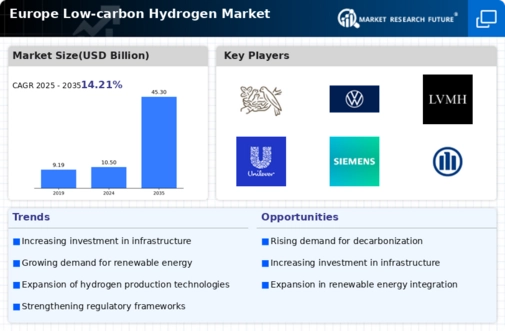

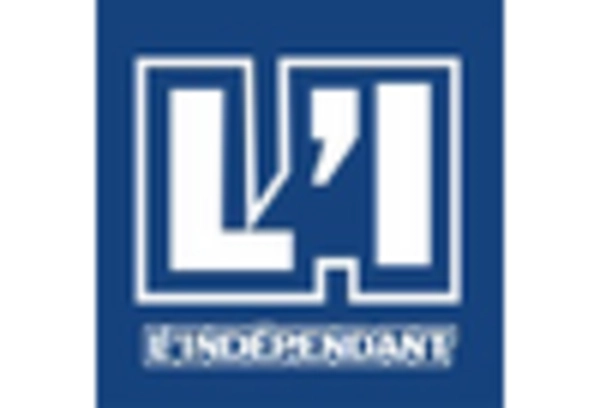
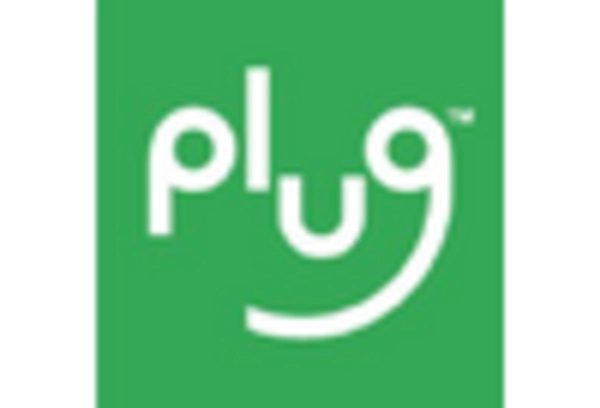
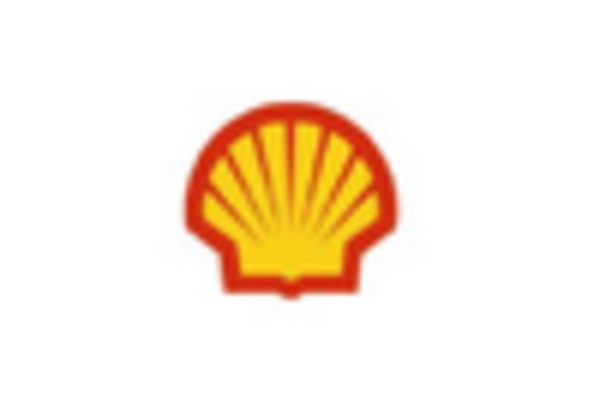
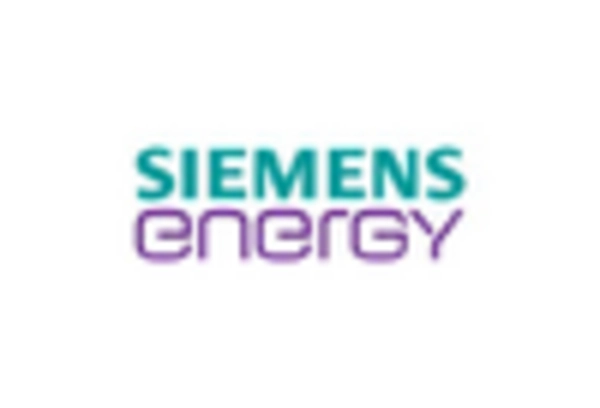
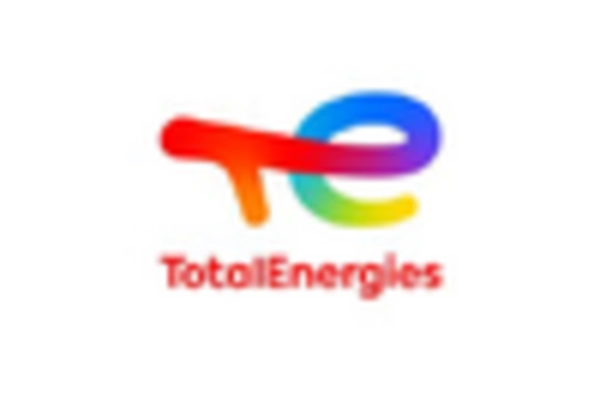









Leave a Comment